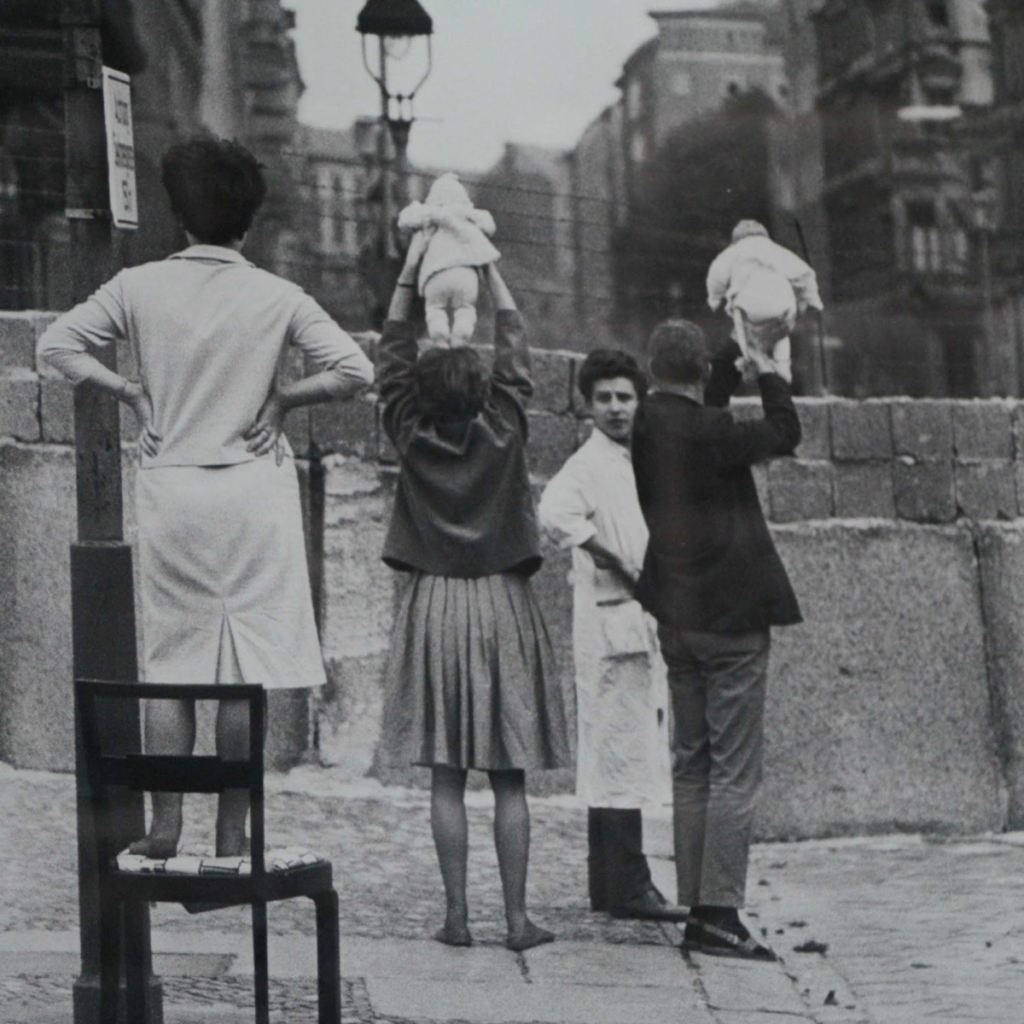
Streets, subway lines, bus lines, tramlines, canals, and rivers were divided. Family members, friends, lovers, schoolmates, work colleagues, and others were abruptly separated. In some cases, children who had been visiting their grandparents on the other side of the border were suddenly cut off from their parents.
The 3.5 million East Germans that had left by 1961 totaled approximately 20% of the entire East German population. The loss was disproportionately heavy among professionals—engineers, technicians, physicians, teachers, lawyers, and skilled workers.
In 1961 West Berlin became an island completely surrounded by East Germany. West Berliners initially could not visit East Berlin or East Germany at all. All crossing points were closed to them between 26 August 1961 and 17 December 1963. In 1963, negotiations between East and West resulted in a limited possibility for visits during the Christmas season that year (Passierscheinregelung).
Similar very limited arrangements were made in 1964, 1965, and 1966. In 1971, with the Four Power Agreement on Berlin, agreements were reached that allowed West Berliners to apply for visas to enter East Berlin and East Germany regularly, comparable to the regulations already in force for West Germans. However, each visit had to be applied for individually and approval was never guaranteed.
